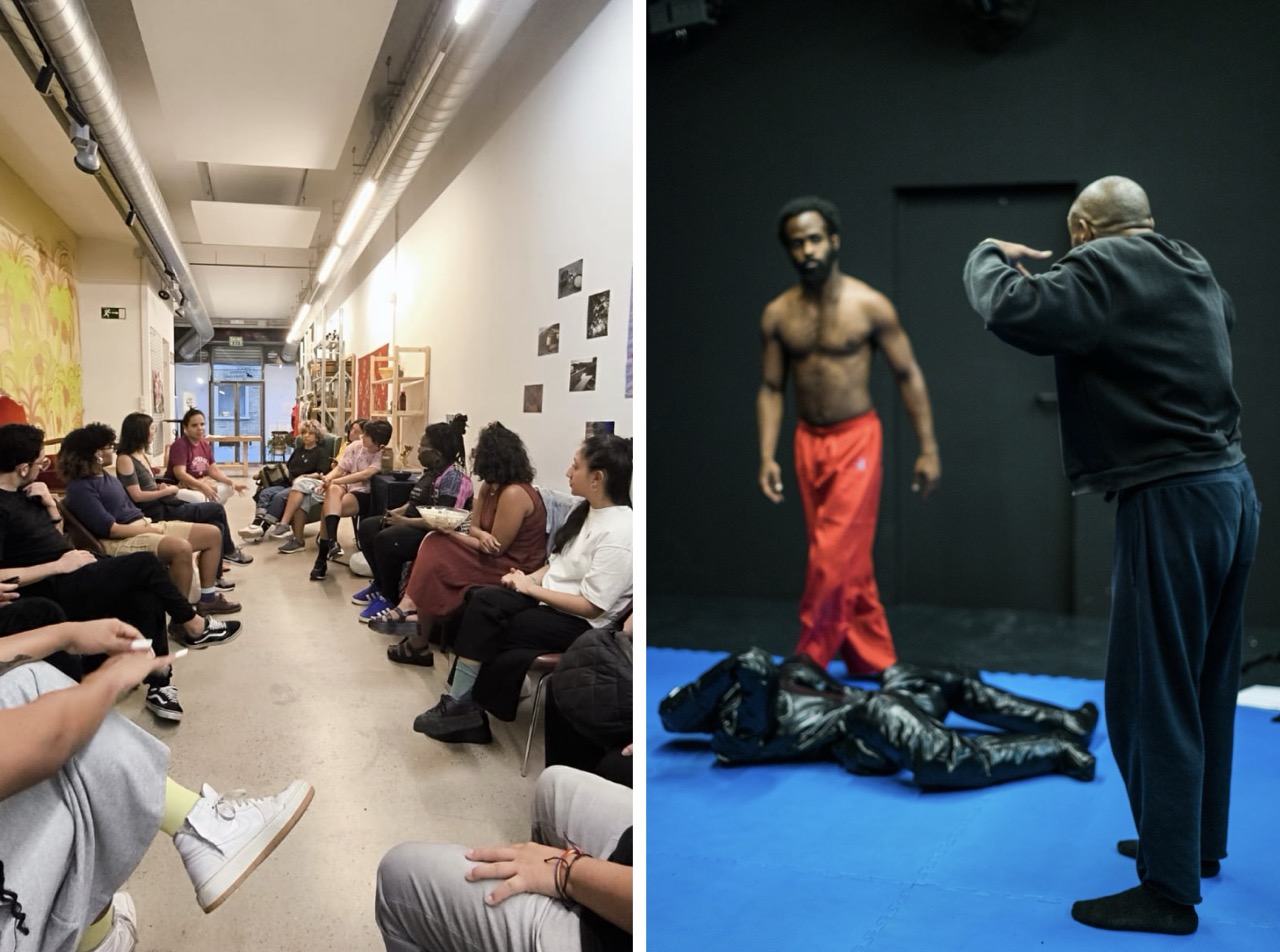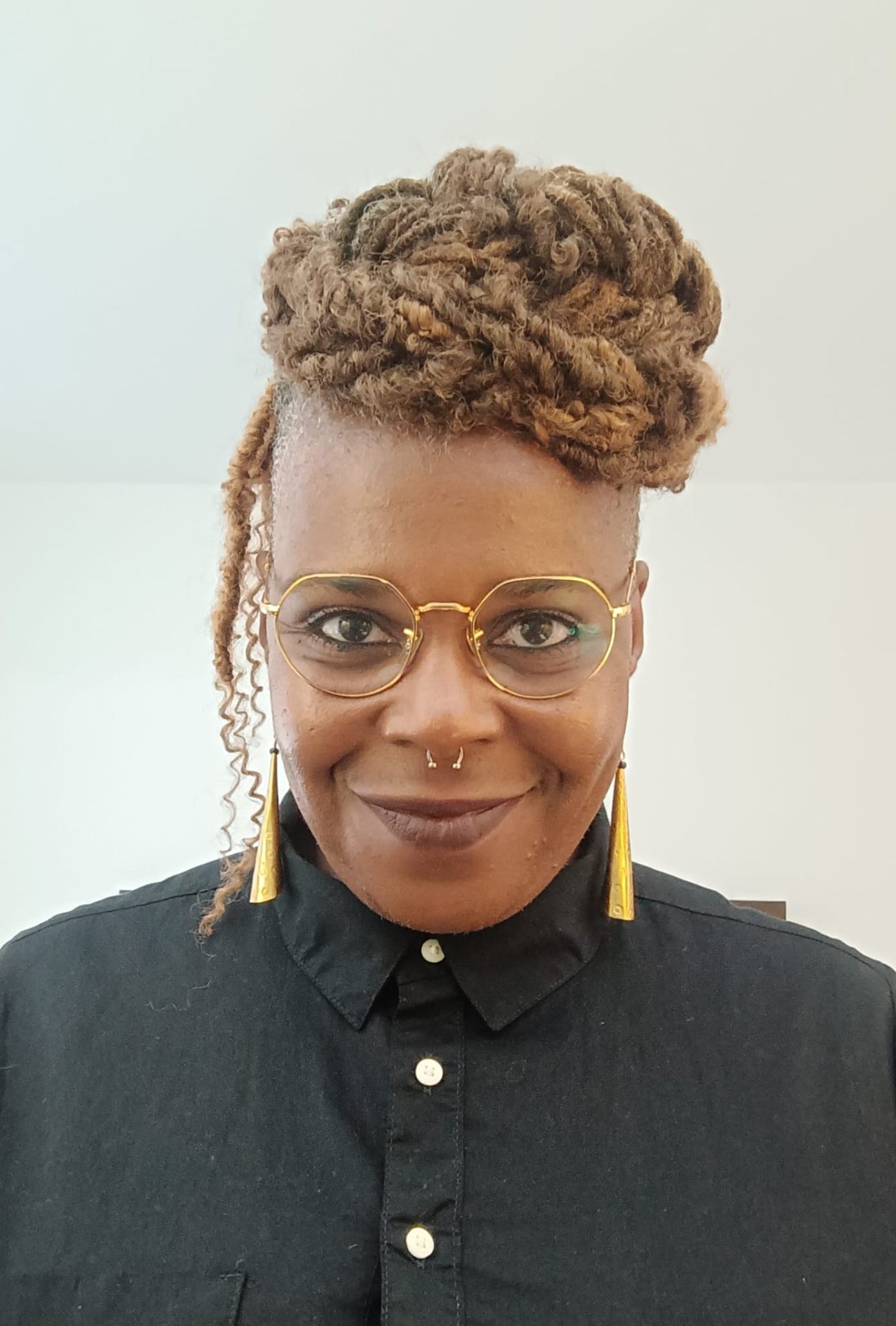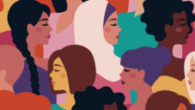Cimarronas suburb. A space to believe, a space to dream, a space to unite us all
In this fourth article we wanted to know the experience of the Periferia Cimarronas project. A collective that a few years ago made the (political) decision to open a residency and programming space in Barcelona. A space with the focus on people with different racial traits, migrants and queers, groups that find themselves with a great lack of accessibility to the existing circuits, and from Periferia Cimarronas they want to respond to this challenge by offering a space where not only you can create and test, but also receive fair remuneration for the work done.
Cimarronas suburb: a space to believe, a space to dream, a space to unite us all.
look of Silvia Albert Sopale
Before you start reading, I invite you to do a memory exercise: remember the last 10 theater shows you have seen. Better yet, try to remember the ones you saw in 2024, I hope there were a lot of them. Do you more or less remember how many women were part of the creations? Yes, parity in the performing arts is on the rise, but… how many of those people who were part of the creation were racialized women? Of this amount, could you tell how many were Afro-Hispanic women? Now think about the theaters in your town. How many are there? In how many of these have you seen racialized artists or creators being programmed? How many times a year does this happen? One, for the Day against the Elimination of Racism?
If you think that “there are few racialized artists” as a justification for their low presence in theaters, I half agree, but let’s explore this statement. In Spain, there are less than 10 racialized playwrights (counting, to understand us, as playwrights, people who have published and premiered work). The number increases if we talk about female directors, and grows considerably if we include actresses. Possibly triple if we count the men. Are we talking about two hundred people?
According to the National Institute of Statistics, 11.4% of the population are migrants, 5.4 million. People like me are not counted in this 11.4%. Due to the fact that there is no ethnic and racial census in Spain, we cannot know how many racialized people reside here. But I will allow myself to take as a reference an estimate of the High Council of the Black Communities in Spain which calculated the presence of people of African descent in Spanish territory at around two million. Don’t you find it alarming that there are less than 10 playwrights among two million? Why is there so little representation of racialized people on stage?
One of my teachers at the acting school in Murcia used to say: “The stage should be such a tightrope that no fool should dare to climb it”. For many years I asked myself: what did he mean by this? Who were these fools? For many years I thought that if racialized people weren’t on stage it was because they were stupid. In fact, I was a fool if I thought about going up on a stage. Thinking about doing theater goes from being a game, an extracurricular, to becoming a dream for many young white people; for the racialized it is not a possibility.
The lack of opportunity and the burden of perfection are deeply rooted in the experience of black people within the artistic realm. On many occasions, we have to face the difficult reality that, given only one chance to show our work, we have to be perfect. We cannot fail. Instead of being seen as artists in constant evolution, we are perceived as representatives of the entire community, be it black, gypsy, Asian… an overwhelming burden that endangers our mental health and career if we don’t live up to expectations of the industry.
To the pressure, we must add insecurity. We can’t risk experimenting or trying new ideas, since any mistake could close the door we’re working so hard to open. Nor can we bring our imagination to the performing arts, since we run the risk of advancing the mentality of the majority of white critics, and that our artistic pieces are not understood by the personalities of the theater and, therefore , not scheduled, even if these pieces can generate a great internal mobilization in the public. And because the shadow of suspicion will always fly over us: could it be that our proposals are not contributing anything new to the cultural landscape or could it be that they are not understood as a racist question?
White creators are not labeled as “not belonging” in the art world for making mistakes, nor are they denied access to opportunities if your first proposals are not perfect. His pieces, whether they like them more or less, are judged by people who are part of his worldview. They have the possibility to research, test and create without the burden of representing whiteness, which increases their advantage to develop professionally.

At the beginning of this article I used the word Afro-Spanish, which is heard very little these days and some people do not know what it means. But if I say African American, we know what we mean. In this article I cannot go into depth about the roots of the history of the black people in Spanish territory, so I will leave some names resonating: Juan de Pareja, Santa Clara de Chiquiaba, Céspedes…
If you had to stop reading and look for any of these names, one of the reasons could be the lack of Afro-descendant playwrights and creators in the performing arts, artists who can narrate their lives in the first person.
This is where the need to create arises Cimarronas suburb. It is not only a theater to show artistic works of racialized, migrant and queer people, but also becomes a space for experimentation and creation, where the fear of failure and mediocrity are welcome but not protagonists. Where the act of treading the stage with truth is applauded.
Where we try to heal atavistic wounds. We understand and embrace error as a natural part of the creative process. We approach the residency and creation processes from a holistic perspective.
A crucial aspect for all artists is the precariousness of the sector. For racialized artists, this precariousness is usually greater, since, for the most part, they come from migrant families and, despite some exceptions, the maintenance of the families falls on the person who works, which does not usually endow them with very relaxed situations economically Racialized people find it difficult to access performing arts training due to issues of language, availability or resources, factors that affect white people to a lesser extent, fact that contributes to the rise of the performing artswhere lack of funding becomes an even bigger barrier.
Many racialized people are forced to choose between devoting themselves to artistic creation or ensuring their economic sustenance. Artistic work is often a passion, but also a constant struggle to make ends meet. This limits their ability to devote themselves fully to their projects, as the priority is to bring money home. The lack of resources and the need to cover basic needs create an even greater disparity in access to opportunities within the arts sector.
From Perifèria Cimarronas we want to respond to this challenge by offering a space where you can not only create and test, but also receive fair remuneration for the work done. This remuneration not only validates artistic work, but also encourages people to imagine the performing arts as a possible professional field.
We do not perceive art only as an aesthetic exercise, but also as work that deserves to be paid. Racialized people have historically had to fight for our work to be recognized as legitimate (hence the concept of having a black person write for someone else), and Perifèria Cimarronas tries to offer a space that claims not only artistic creation, but also the value of work.
By being paid for the work they do, they are being recognized as professionals, not as people who have to constantly prove their worth. This has a transformative effect on both artists and the public, who begin to see us as active agents within the cultural world.
The Cimarronas consider it essential to have the opportunity to be the protagonists of our own stories. Narratives must be defined by those who live them, not by those outside the communities. Historically, we have been told and represented by others, leaving us with no agency. The shift towards greater autonomy in artistic creation and cultural representation is fundamental so that we not only occupy a place in the performing arts, but also define the type of art we wish to create and share with the world. So that cultural rights are also a possibility for us.
In an article entitled “Denzel Washington could never have existed in Spain”, Moha Gerehou reflects very correctly, while echoing the complaint of the actress Yolanda Sey at the Gaudí awards, about how structural racism has limited the possibility for black people to achieve positions of success and visibility in the cultural and media sphere in Spain. Gerehou points out that, while in the United States figures like Denzel Washington have managed to establish themselves as references, in Spain racist structures have prevented the emergence of similar references.
Periferia Cimarronas tries to generate possibilities from an Afro-feminist perspective. In a cultural world where women, especially black, gypsy, Asian women…, have historically been relegated to the last ranks, to silence; this space proposes to generate the structure so that, in addition to Denzel Washington, many Violas Davis, Whoopis Goldbergs, Octavias Spencers, Lavernes Coxs can exist in Spain. So that Spain can be a country for black artists.
Afro-Spanish actress and playwright. Graduated from the ESAD of Murcia. Degree in Meisner Technique with Javier Galito-Cava. Postgraduate course in Expressive Arts led by Consuelo Trujillo. He complements his training with various seminars and interpretation workshops and with dramaturgy workshops at the Beckett workshop. Creator of IT IS NOT A COUNTRY FOR BLACKS, BLACKFACE AND OTHER SHAMES, STOP STOPPING ME, LÖTÒ – A RITUAL OF BODY EMPOWERMENT. Founder of Periferia Cimarronas, Hibiscus Association of Afro-Spanish and Afro-descendant women, Tinta negra and member of tictac (Workshop of combative anti-racist transfeminist critical interventions).

Article in collaboration with the Red Scenic Magazine







